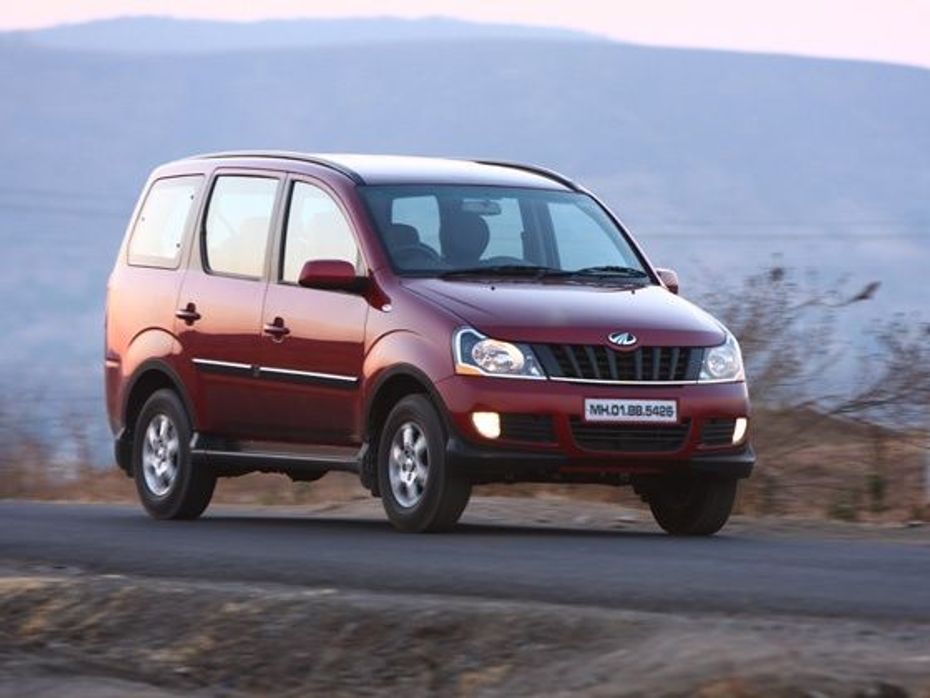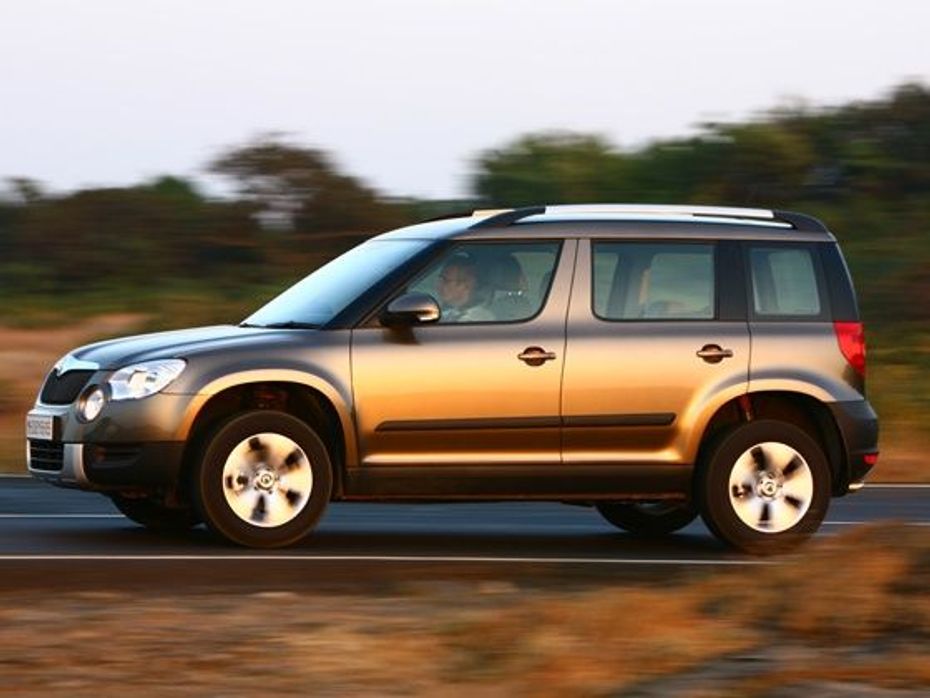
3 New Major Design Details Mahindra XUV 3XO Will Pack Over...
- Apr 12, 2024
- Views : 8504


With the aim to fix automotive emission standards till 2025, a government-appointed committee has been tasked with recommending a policy for reducing vehicular emissions, taking into consideration supply and availability of fuels.
The government also wants to end the ambiguity over the two standard norms at play at the moment. Currently, the entire country has vehicles running on Bharat Stage III emission norms except for 15 major metros and state capitals where a higher BS IV norm has been adopted due to limited availability of higher quality fuel in the country.
The BS IV norm that started in 2010 is roughly equivalent to the European Union's Euro 4 norm that was introduced there in 2005. India currently follows Europe's emission standards with a five-year lag.
The twin standards have forced automakers to manufacture different types of vehicles confirming to different emission norms. Insiders say companies like M&M, Tata Motors and Ford India supply the pricier BS IV vehicles in these 15 cities and send the lower BS III emitting vehicles to the rest of the country. "There is a need to have common emission norms across the country, a standard practice worldwide. We need to put in place the required infrastructure for fuel supply and the manufacturers to upgrade their technology to enact unified standards across India," said an expert committee member, preferring not to be named.

Other countries are more up to speed in trying to curb automotive emissions. China has already adopted the more stringent Euro 5 standard, which India is likely to get in 2015. China has also set a goal to reduce vehicle pollution by up to 40% by improving both its technology and the fuel quality in the near future.
While there are no definite parameters, India is planning to make modern vehicle more efficient and less toxic to minimise the impact of rising vehicular pollution. One-fourth of the air pollution-related deaths in Asia happen in India, the latest WHO report states.
Delhi was rated as the most polluted city in the world by Yale University last year. And the country's pollution watchdog, the Central Pollution Control Board, says that only 5% of the 250 cities monitored by it has air quality better than the national standard.
"We see cities grapple with high motorization and rising air pollution every day. It is not just the large cities but smaller cities are seeing this phenomenon lately. Government should ensure that all stakeholders are involved so that the wide-ranging recommendations give way to a policy. And the decisions would make a clear roadmap, which I also hope should become a role mode for SAARC region," says Parthaa Bosu, India Head of Clean Air Asia, a multinational environmental NGO.
The expert committee is expected to chart the roadmap in the next few months and also recommend a suitable mix of fuels, including gas and its specifications, keeping in view the infrastructure availability, fuel processing costs, logistics and other fiscal measures needed to meet the challenges.

3 New Major Design Details Mahindra XUV 3XO Will Pack Over...

Citroen Basalt vs Tata Curvv: Exterior Design Compared

This Tata Car Has Been Announced As The Official Car For IPL 2024

10 New Features Expected In The Upcoming 2024 Mahindra XUV 3XO...

Here’s How Fuel Efficient The 2024 Maruti Suzuki Swift Sold In...

The Fronx Has Been Rebadged! Meet The Toyota Urban Cruiser Taisor,...

Mahindra XUV300 Facelift Teased, Gets A New Name

Toyota Urban Cruiser Taisor : Base “E” Variant Detailed...

Citroen Basalt Vision, Its SUV Coupe For India, Revealed
India's largest automotive community